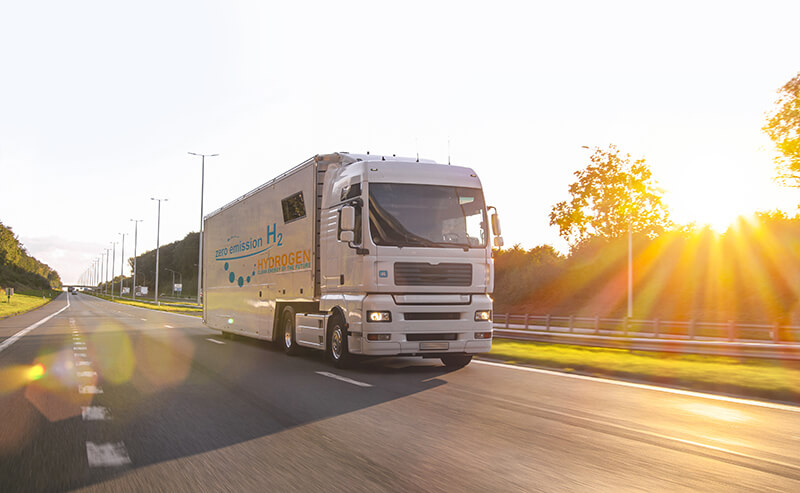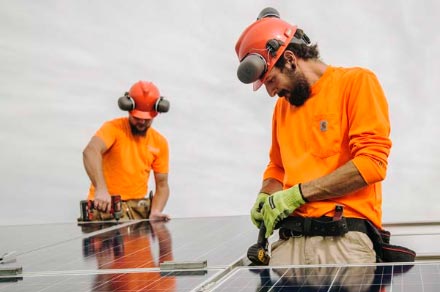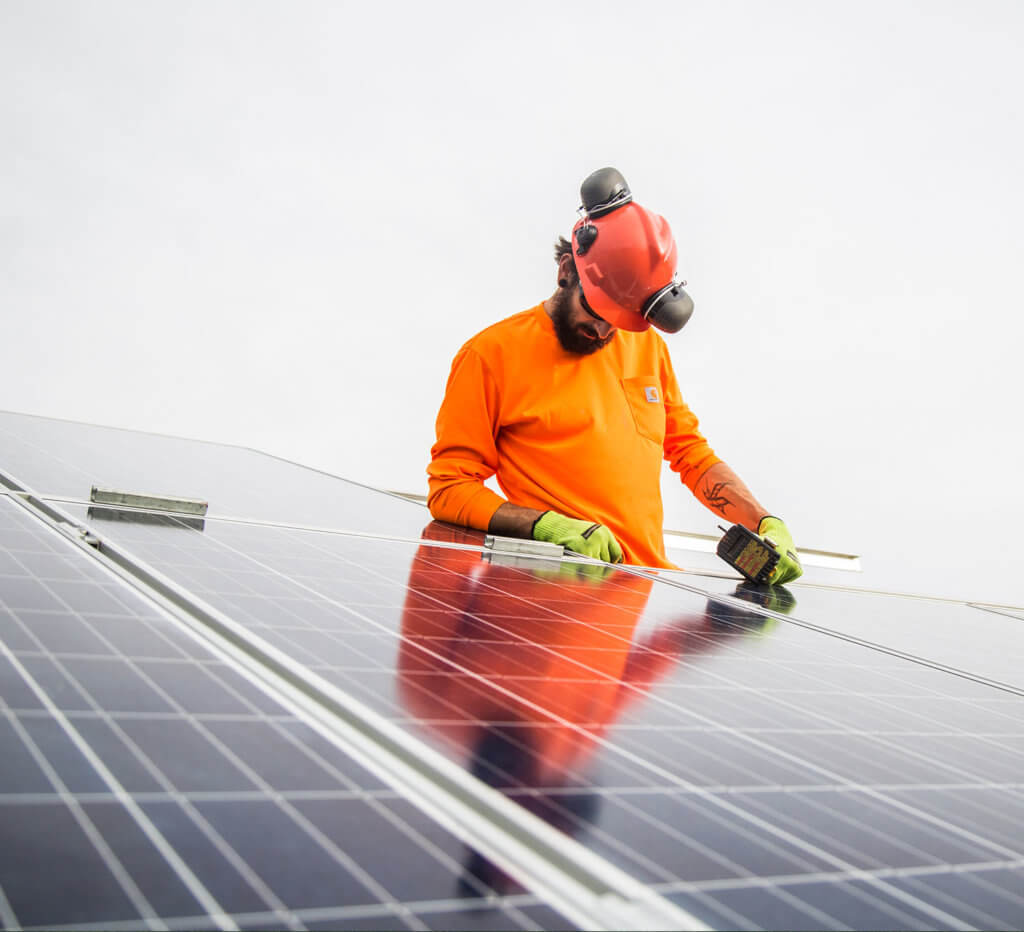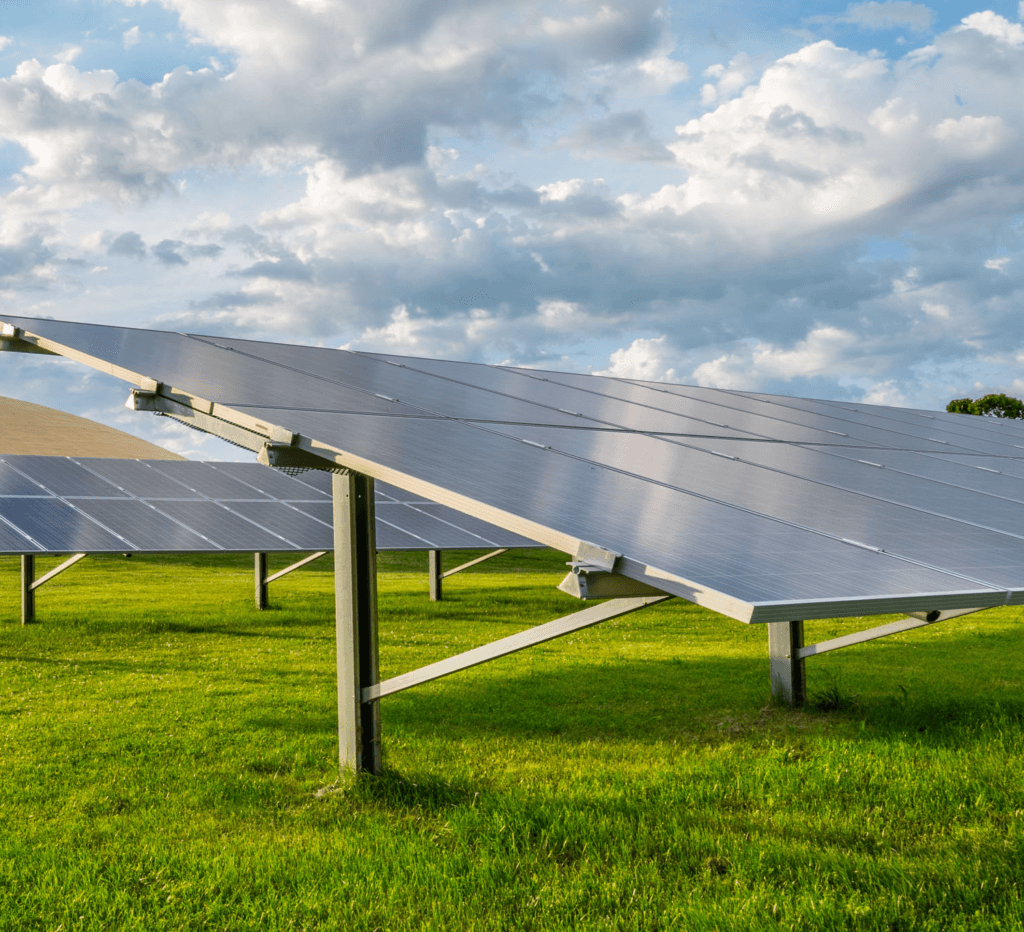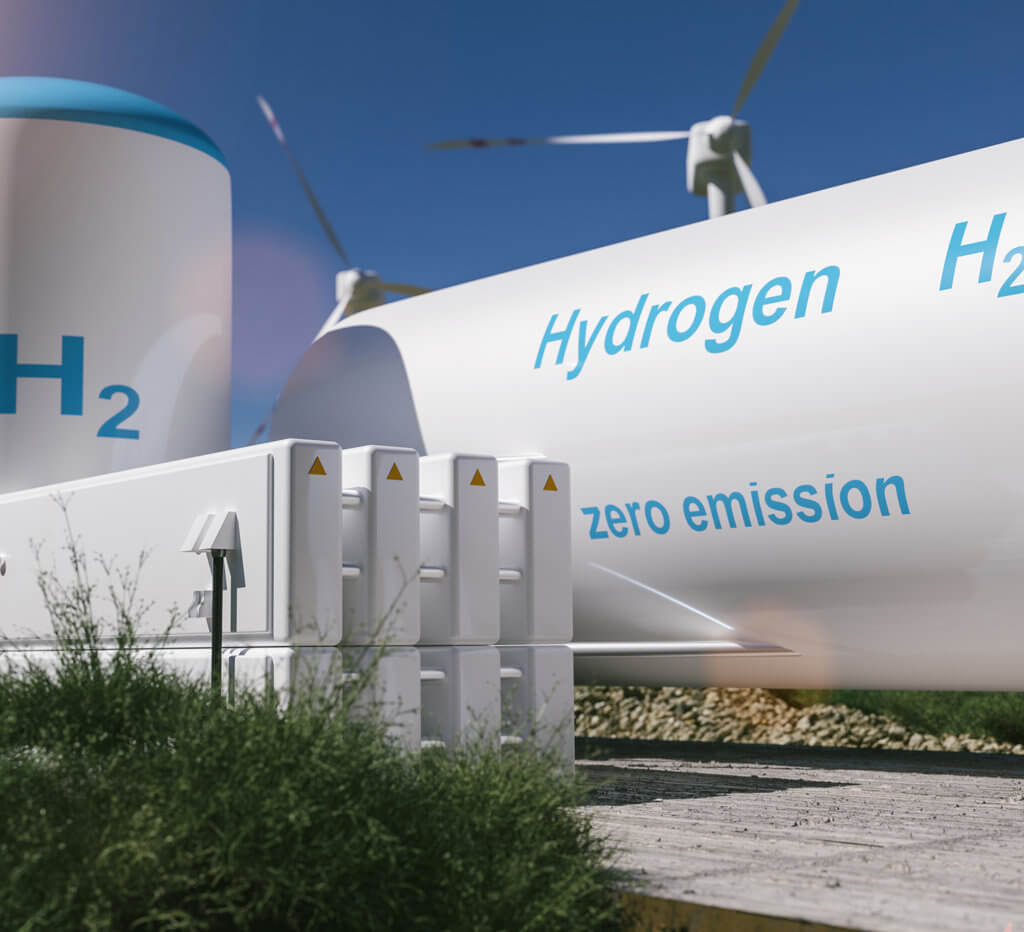The Big Energy Picture
Wilson sees the transition to a decarbonized world not as a leap, but as a sequence of steps – with hydrogen playing a part in each.
The first step is producing hydrogen from wind and solar on a commercial scale. Once wind farm and solar array owners see a profitable path to producing hydrogen, more and more projects will be developed. Initially, most of the renewable hydrogen produced will likely be used for energy storage.
The next step is meeting the current demand for hydrogen – and the ammonia made from it – with renewable hydrogen. This would eliminate all of the carbon emissions associated with producing hydrogen from methane or coal. Investing in the infrastructure necessary to do that will further drive down the cost of renewable hydrogen and also create the production capacity necessary for biofuel production.
“Those are critical steps in showing the industrial world how they’re going to make money from renewable fuels,” said Wilson.
The final step is using renewable hydrogen to make renewable ammonia and biofuels on a big scale. This could decarbonize most, if not all of, industry. It could also decarbonize most of transport, including rail, ocean freight, and aircraft. At that point, there would be very few areas of the energy economy left to decarbonize.
Wilson concluded, “When you fully decarbonize electricity, fully decarbonize transport, fully decarbonize industry, decarbonize the smaller ones like building heat – you decarbonize the world.”


